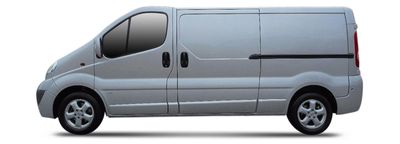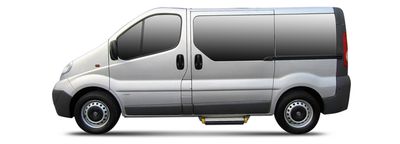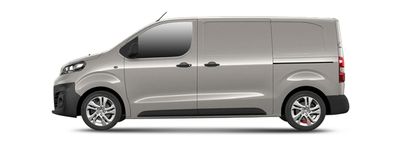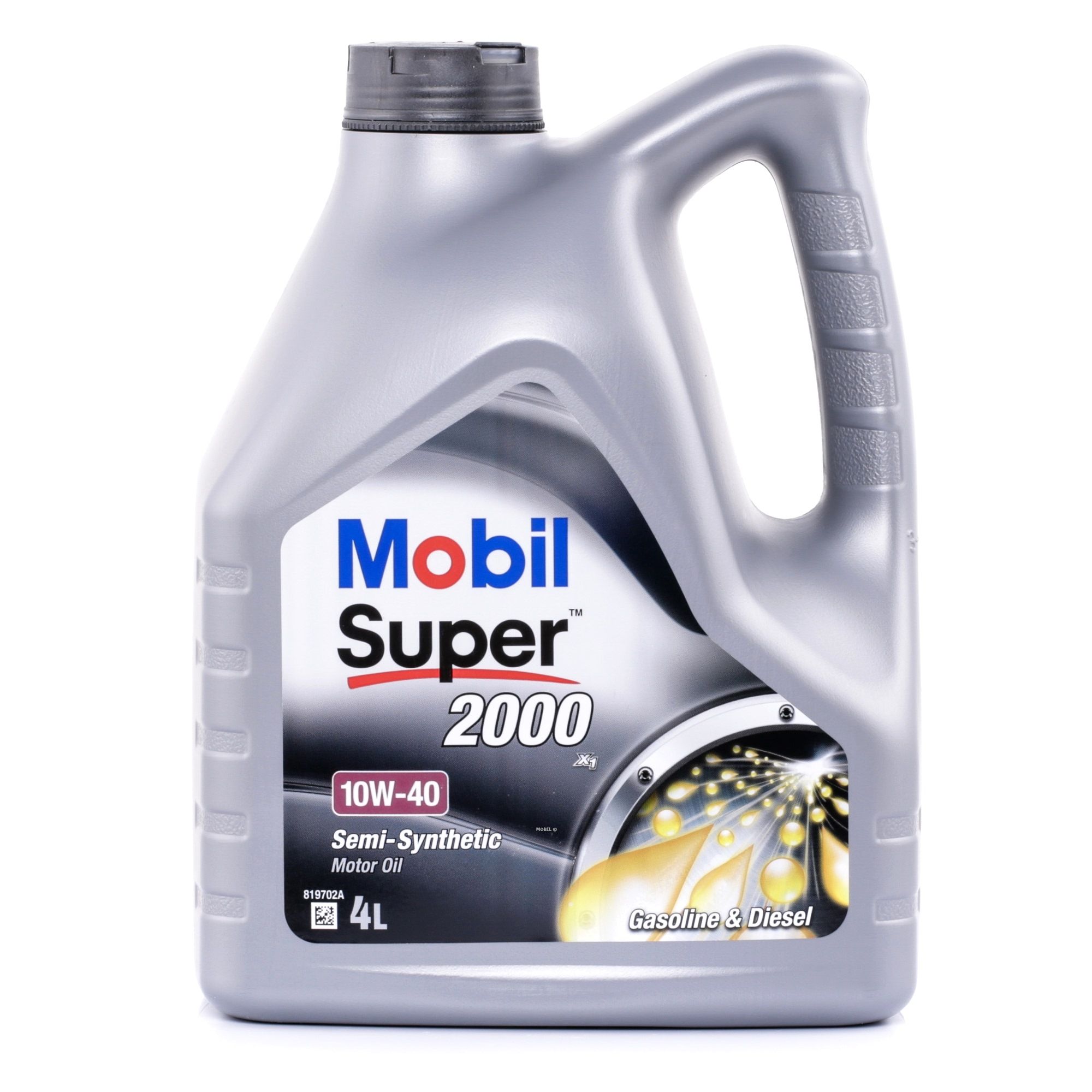Table of Contents
Opel Vivaro engines
Since its launch in 2001, the Opel Vivaro has established itself as a reliable van in the mid-size segment and offers a sophisticated range of Opel Vivaro engines across three generations. The technological development shows the change from robust diesel units to modern, electrified drive concepts.

Opel Vivaro engines: Generation I (2001-2014)

The first Opel Vivaro generation was characterized by proven commercial vehicle technology and was characterized by robust, maintenance-friendly engines. With proper care, mileage easily reached 400,000 to 500,000 kilometers, with the smaller 1.9 dTi diesels often even reaching 600,000 kilometers without major repairs. Typical maintenance intervals were between 30,000 and 40,000 kilometers, while major repairs were usually only due after 200,000 to 250,000 kilometers. The absolute top engine of this generation was the 2.5 dTi with 135 hp, which optimally combined power, reliability and moderate fuel consumption values. Technically, all Opel Vivaro engines were based on proven Renault units, which simplified the supply of spare parts and kept repair costs low.
Opel Vivaro diesel engines: Generation I (2001-2014)
The Opel Vivaro diesel range consisted exclusively of dTi engines without particulate filters in various power levels. The entry-level engine was a 1.9 dTi with 60 kW (82 hp), which was characterized by extreme economy and durability - ideal for city delivery traffic with low speed requirements. Above this was the 1.9 dTi with 74 kW (100 PS), which offered the best compromise between performance and consumption. The top engine was the 2.5 dTi with 99 kW (135 hp), which was also convincing under full load and when towing a trailer. All Opel Vivaro dTi engines had mechanical injection pumps and proved to be extremely robust in the face of poor fuel and tough operating conditions. Typical weak points were only the glow plugs during frequent cold starts and occasional problems with the alternator after high mileage.
Opel Vivaro petrol engines: Generation I (2001-2014)
Petrol engines played a subordinate role in the first-generation Opel Vivaro. Only a 2.0-liter naturally aspirated engine with 88 kW (120 hp) was available from time to time, but it proved to be unsuitable for van use. The high fuel consumption of over 12 liters per 100 kilometers and the low pulling power made it the worst engine of this generation.
| Opel Vivaro engine | Power output | Fuel consumption | Typical weaknesses | Rating |
|---|---|---|---|---|
| 1.9 dTi | 82 HP | 6.8-7.2 l/100km | Glow plugs during cold starts | Very good |
| 1.9 dTi | 100 HP | 7.0-7.5 l/100km | Very robust, hardly any problems | Very good |
| 2.5 dTi | 135 HP | 8.2-8.8 l/100km | Alternator after high mileage | Very good |
| 2.0 petrol engine | 120 HP | 12.0-13.5 l/100km | High consumption, poor performance | Problematic |

Opel Vivaro engines: Generation II (2014-2019)

The second Opel Vivaro generation marked the transition to modern Euro 6 diesel engines with sophisticated exhaust gas aftertreatment. Mileage dropped to 300,000 to 400,000 kilometers as the complex technology became more maintenance-intensive. Repairs to the particulate filter and SCR system were already due after 150,000 to 200,000 kilometers, which increased operating costs. The best engine was the 1.6 CDTi with 120 hp, which best combined efficiency and reliability. Technically, the new Opel Vivaro engines came from PSA (Peugeot-Citroën) and featured modern common-rail technology. For the first time, there was also a natural gas version (CNG) for environmentally conscious fleet operators, but this was not successful.
Opel Vivaro diesel engines: Generation II (2014-2019)
The Opel Vivaro CDTi engines were based on PSA units and were all equipped with particulate filters and SCR catalytic converters. The 1.6 CDTi was available in three power levels: 70 kW (95 hp), 88 kW (120 hp) and 103 kW (140 hp). The Opel Vivaro 1.6 CDTi with 88 kW (120 hp) developed into the most reliable engine of this generation and offered sufficient power for most applications. However, the complex exhaust systems were problematic: clogged particulate filters on frequent short journeys and defective AdBlue injection nozzles caused high repair costs. The most powerful Opel Vivaro 1.6 CDTi with 103 kW (140 hp) was also prone to turbocharger problems during sporty driving.
Opel Vivaro natural gas engine: Generation II (2014-2019)
As a special feature, Opel offered a 2.0 CNG engine with 110 kW (150 hp) that ran on natural gas. This Opel Vivaro CNG proved to be clean and economical, but suffered from a short range and a lack of a filling station network. The technology was basically reliable, but the complex gas system occasionally caused problems.
| Opel Vivaro engine | Power output | Fuel consumption | Typical weaknesses | Rating |
|---|---|---|---|---|
| 1.6 CDTi | 95 HP | 5.8-6.4 l/100km | Particle filter for short journeys | Good |
| 1.6 CDTi | 120 HP | 6.2-6.8 l/100km | Very balanced, few problems | Very good |
| 1.6 CDTi | 140 HP | 6.8-7.4 l/100km | Turbocharger, AdBlue system | Average |
| 2.0 CNG | 150 HP | 7.2-8.0 kg/100km | Low range, gas system | Moderate |

Opel Vivaro engines: Generation III (2019-today)

The current Opel Vivaro generation represents the transition to electromobility and for the first time offers an all-electric drive alongside modern diesel engines. The diesel engines reach 250,000 to 350,000 kilometers with proper maintenance, whereby the 2.0-liter units are more robust than the smaller 1.5-liter engines. Maintenance intervals are 30,000 kilometers, major repairs to the exhaust system are due after 120,000 to 180,000 kilometers. The top-of-the-range engine is the Opel Vivaro-e with 100 kW (136 hp) of electric power, which is low-maintenance and locally emission-free. Technically, the diesel engines are based on the latest generation of PSA engines with improved exhaust aftertreatment, while the electric drive is based on proven Stellantis technology.
Opel Vivaro diesel engines: Generation III (2019-today)
The Opel Vivaro diesel range includes modern 1.5 BlueHDi engines with 75 kW (102 hp) and 96 kW (130 hp) as well as a 2.0 BlueHDi with 130 kW (177 hp). The Opel Vivaro 1.5 BlueHDi with 96 kW (130 hp) is considered the most balanced engine of this generation and offers good driving performance with moderate fuel consumption. All engines are equipped with modern SCR technology with AdBlue injection and particulate filter. The weak points are still the exhaust systems: clogged particulate filters during short trips and defective AdBlue pumps after around 100,000 kilometers. The large 2.0 BlueHDi proves to be more robust, but is significantly more thirsty and is only available in the long-wheelbase version.
Opel Vivaro electric drive: Generation III (2019-today)
The Opel Vivaro-e marks the entry into electromobility and is available with two battery capacities: 50 kWh (230 km range) and 75 kWh (330 km range). The electric motor delivers 100 kW (136 hp) and offers the full torque of 260 Nm right from the start. The Opel Vivaro-e proves to be low-maintenance and reliable, only the battery cooling and charging technology can occasionally cause problems. The range is sufficient for city driving, but drops significantly when driving on the highway.
| Opel Vivaro engine | Power output | Fuel consumption | Typical weaknesses | Rating |
|---|---|---|---|---|
| 1.5 BlueHDi | 102 HP | 5.9-6.5 l/100km | Particulate filter, AdBlue system | Good |
| 1.5 BlueHDi | 130 HP | 6.4-7.0 l/100km | Balanced, moderate problems | Very good |
| 2.0 BlueHDi | 177 HP | 7.8-8.4 l/100km | Robust, but thirsty | Good |
| Vivaro-e 50 kWh | 136 HP | 24-28 kWh/100km | Battery cooling, short range | Good |
| Vivaro-e 75 kWh | 136 HP | 26-30 kWh/100km | Charging technology, high purchase price | Good |

Conclusion: The best Opel Vivaro engines of all generations
The development of Opel Vivaro engines shows the typical transformation of modern commercial vehicles: while the first generation impressed with its extreme robustness, the following generations brought more efficiency, but also greater complexity. The electrification of the third generation opens up new possibilities for environmentally conscious fleet operators, but requires adapted deployment planning.
- Best Opel Vivaro diesel engine:
The 1.9 dTi with 100 hp (Generation I) combines extreme durability with low operating costs and is ideal for frequent drivers with high mileage requirements.
- Best modern Opel Vivaro diesel engine:
The 1.5 BlueHDi with 130 hp (Generation III) offers the best combination of efficiency, performance and environmental compatibility with acceptable maintenance costs.
- Best Opel Vivaro electric drive:
The Vivaro-e with 75 kWh battery and 330 km range is ideal for city logistics and regional transportation with predictable routes.
For maintenance and spare parts for all Opel Vivaro generations, AUTODOC offers a comprehensive range of original and quality spare parts with fast delivery and expert advice.
TOP Products on the topic:















